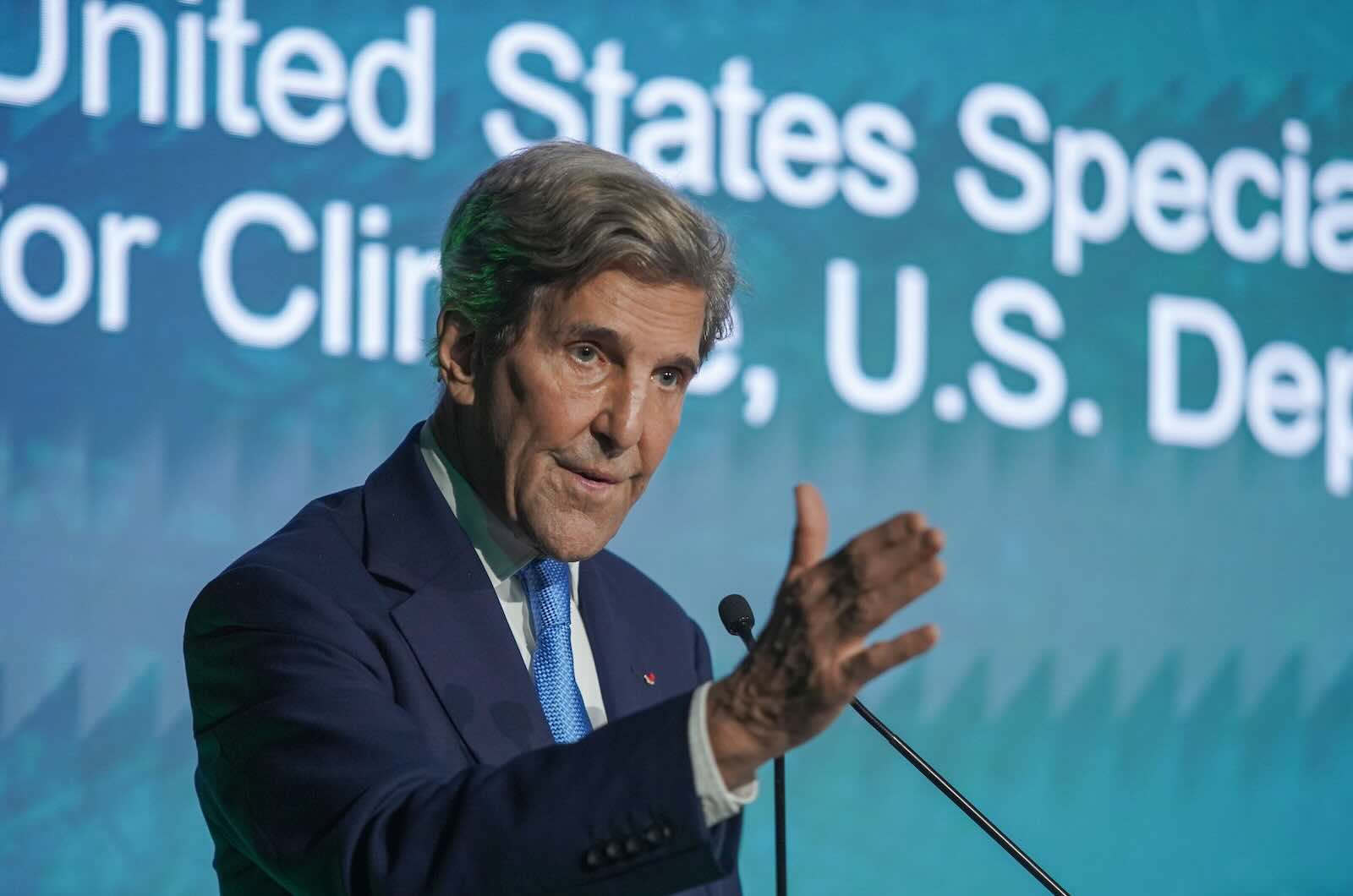In the seven years since the Paris Agreement was signed, companies and governments around the world have pledged to reduce their greenhouse gas emissions and help drive the transition to a more sustainable economy. Banks too, have joined in – most major global banks have now committed to reaching net-zero financed emissions by 2050.
But despite making headlines with splashy new climate pledges, the world’s biggest banks are carrying on with business as usual. Since 2016, the world’s 60 largest banks have poured over $5.5 trillion into the same fossil fuels that are making it impossible for us to reach our collective climate goals.
This year’s Banking on Climate Chaos report – the most comprehensive annual report on banks’ fossil fuel financing – reveals the truth of the massive valley between banks’ climate commitments and their real-world financing activities. The truth is, banks have mostly stalled on climate action, preferring instead to carry on financing the fossil fuel industry.
The world’s largest fossil fuel banks are household names.
The major US banks dominate fossil fuel financing. JPMorgan Chase remains the world’s worst funder of climate chaos since the Paris Agreement, followed closely by its Wall Street peers: Citi, Wells Fargo, and Bank of America. But for the first time last year, the Royal Bank of Canada beat out Chase as the biggest fossil fuel financier of 2022.
But North American banks are not alone, with other banking heavyweights from around the world claiming top spots. France’s BNP Paribas, Japan’s MUFG, and the United Kingdom’s Barclays are among the top twelve worst fossil fuel banks since the Paris Agreement.
One industry in particular saw a massive increase in bank financing: Liquified Natural Gas (LNG)
In 2022, financing for the top 30 companies in the methane gas (LNG) sector increased by nearly 50%. US majors, including Morgan Stanley, JPMorgan Chase, and Cti, were among the top bankers of LNG last year. Together with Japanese giants Mizuho and SMBC Group, and Dutch bank ING, these six banks increased their financing for top LNG companies by 60%, totaling $8.8 billion in 2022 alone.
These numbers highlight the sad truth that big banks are falling for the fossil fuel industry’s cynical campaign to use the ongoing energy crisis to justify the reckless and dangerous buildout of gas exports. The reality is, building new gas export facilities (and the fracking rigs, pipelines, and other infrastructure that come with them) will only lock in decades of fossil fuel production at a time when experts have made clear that this expansion must stop immediately.
Yet bankers are still falling for the industry’s lies. Research has repeatedly shown that fracked gas is just as dangerous for the climate as other fossil fuels, like oil and coal. And it’s not just the climate impacts. These LNG export facilities will inevitably worsen the pollution and associated public health impacts on surrounding communities. Sited predominantly in low income, Black and Brown neighborhoods, these projects promise to exacerbate the negative impacts on the communities that are already overburdened by the fossil fuel and petrochemical industry.
Despite record profits, banks showered fossil fuel companies with cash.
Thanks to these unprecedented profits, major energy companies borrowed less from big banks in 2022 than in past years. Energy giants, including Occidental Petroleum, Exxon Mobil, and Shell, who have in the past been significant borrowers, asked for $0 in financing last year.
The report makes the shocking revelation that big banks still poured $673 billion into the industry last year, even amidst these record profits.
Banks are not financing the transition, and major energy companies aren’t even pretending to try.
When pressed on their refusal to cut ties with the fossil fuel industry, banks insist that preserving their relationships with major energy clients will be essential for supporting the clean energy transition. And that is true: we know we need major banks to make massive investments in clean energy and energy efficiency if we are going to actually meet our climate goals.
But the reality is grim. Currently, just 7% of energy financing from global banks went to renewable energy between 2016 and 2022. At the same time, we’ve seen major energy companies beginning to drop their sustainability pretenses: Shell announced it will not increase spending on renewable energy, and Exxon walked away from its longstanding biofuel project. Oil majors aren’t even bothering to stick to their meager climate commitments – earlier this year, BP rolled back its own pledge to slash greenhouse gas emissions.
Investors are pushing banks to follow through on their climate commitments.
So when banks say they need to keep financing fossil fuel companies to help facilitate the transition, this argument falls flat. That’s why major investors have filed shareholder resolutions at the major Wall Street banks, calling on them to phase out financing for companies expanding fossil fuels, publish public transition plans, and improve their emissions reduction targets.
As the annual meetings begin in late April and run into mid May, climate-concerned investors will be watching to see how these big US banks plan to reconcile their climate commitments with their continued support for fossil fuel expansion.
Adele Shraiman is a Senior Campaign Representative with the Sierra Club’s Fossil-Free Finance campaign, where she focuses on the banking sector, financial regulation, and climate risk. She holds a MSc from the London School of Economics.











